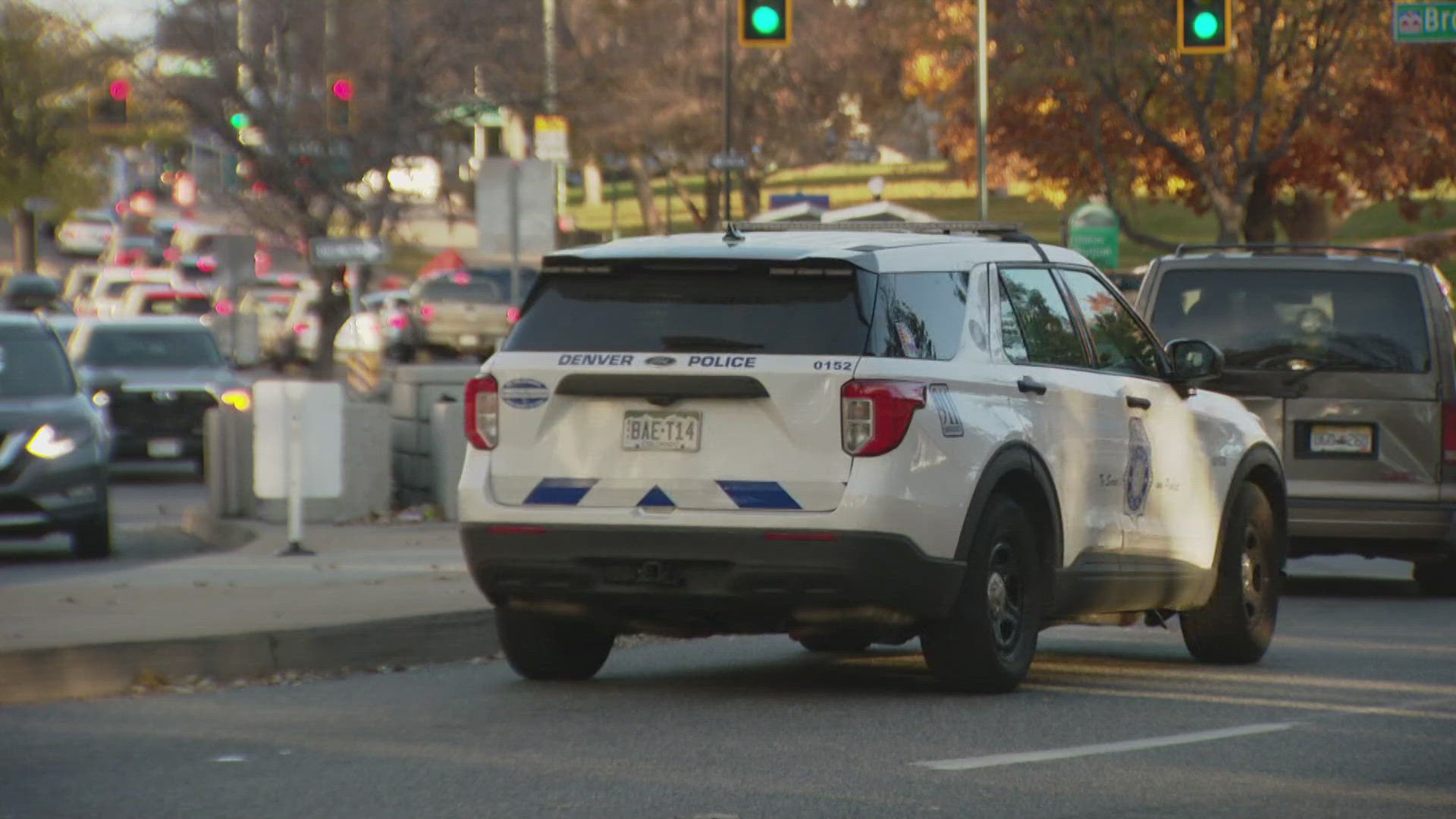DENVER — The Denver Police Department (DPD) said what many people might think is obvious is working. After increasing patrols in certain high-crime areas for a month at a time, police said data shows the areas are safer. But what happens after the cops move on?
At intersections like Broadway and Colfax Avenue in Denver, you wouldn't notice anything special or out of the ordinary. But there's an experiment going on.
"We focus directed patrols at individual street segments," Denver Police Commander Jake Herrera told city council members on Wednesday.
Denver Police calls the initiative Hot Streets. It started in July.
The department picks a couple of blocks to focus increased patrols on. They also pick a different area nearby to be a control group.
Every 28 days the locations change. They’re happening all around the city.
"All you really need to reduce crime at individual street segments was a 10 to 15-minute officer presence every two hours if those two hours were randomized," Herrera said. "Let’s say we want them to be at Colfax and Broadway from noon to 10 p.m. every two hours in a random interval. They’re being dispatched there to do specific activities."
Every two hours, officers drive by with their lights on, patrol the area on foot, and talk to people. Police told city council Wednesday they’ve seen a 40% decrease in violence in the Hot Streets locations compared to the control areas.
"Which is great, but it’s also what would be expected if you’re spending a lot of officer time at locations," Herrera said.
But what happens when the cops move on?
"I really liked your question about what do these locations look like when the police back off?" Denver City Councilmember Jamie Torres asked. "I think that’s a really key question."
The data isn't complete yet. However, police said that after the Hot Streets locations change, they then focus on gun violence awareness and working with community groups before moving on to long-term projects like organized crime. They said they see a bit of an uptick in crime when they move on but still see an overall decrease that resonates in areas.
Hot Streets is just one pillar in a three-pronged approach aimed at meeting the city's goal of reducing violent gun crime by 20%.
While many crime metrics are down this year across the city, council members continue to ask for more to increase safety.
"We are seeing an extraordinary uptick in gunshots all over Denver," Councilmember Amanda Sawyer said. "I don’t know what we do about that."

